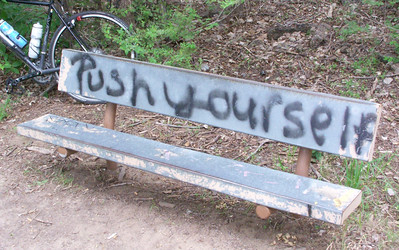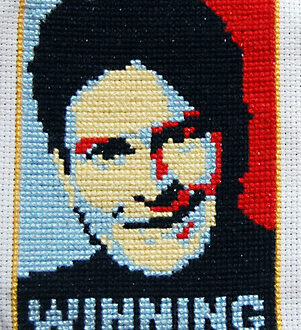The Turin Shroud: Evidence of Christ?

by Nick Bishop
The Turin Shroud, a linen cloth believed to be the burial shroud of Jesus Christ, has captivated historians, scientists, and theologians for centuries. Its intriguing history and the mysteries surrounding its authenticity have sparked debates and investigations, with some claiming it is the actual burial cloth of Christ. In contrast, others argue that is is medieval forgery. Let’s explore the key pieces of evidence supporting its connections to Christ.
1. The Image of Christ.
The Shroud’s most striking feature is the faint image of a man, showing signs of crucifixion. The image matches biblical description of Christ’s suffering wounds on the wrists and feet, a spear wound on his side, and a crown of thorns. The images meticulous details, including the way blood appears to have pooled in certain areas of the cloth, align with the narravtive in the Gospels.
2. Bloodstains.
Tests on the Shroud have confirmed the presence of bloodstains, particularly those consistent with the signs described in the crucifixion of Jesus. Some blood traces show signs of rigor mortis and clotting, suggesting they were deposited after death. The consistency and positioning of those bloodstains align with the Gospel accounts of Christ’s crucifixion.
3. Carbon Datng and Controversy.
A 1988 radiocarbon dating test, concluded the Shroud was from the medieval period (around the 13th to 14th century), and raised doubts about its authenticity. However, critics of the test argue that the sample tested was taken from a contaminated part of the cloth or one that had been repaired in the Middle Ages. Alternative theories suggest that the Shroud might have been created earlier and then handled or preserved in ways that skewed the results.
4, The Unique Image Foundation.
The process by which the image was formed remains a mystery. Studies have shown that it can’t be the result of painting of any known artistic technique. The image appears to be a form of superficial discolouration, not pigment, which makes it unique. Some believe it could have been caused by a supernatural event, such as a burst of light during Christ’s resurrection.
5. Historical Evidence.
Historical records of the Shroud are scarce before the 14th century, but some early accounts hint at the existence of a burial cloth of Jesus. One such reference comes from the 4th century when early Christian writers mention a cloth that bore the image of Christ. Though not conclusive, these references suggest that the Shroud could be much older than carbon dating suggested.
Conclusion: The Mystery Continues.
The evidence surrounding the Turin Shroud remains inconclusive, with scientific and historical arguments on both sides. While some claim it is the authentic burial cloth of Jesus Christ, other believe it is a medieval creation. Whether the Shroud is a relic of Christ’s passion or not, it continues to inspire wonder and reflection on the life and resurrection of Jesus.
God bless you,
Nick x.
Recommended Posts

Pushing Yourself: A Christian Reflection.
July 07, 2025

Be Gracious in Victory.
July 03, 2025

